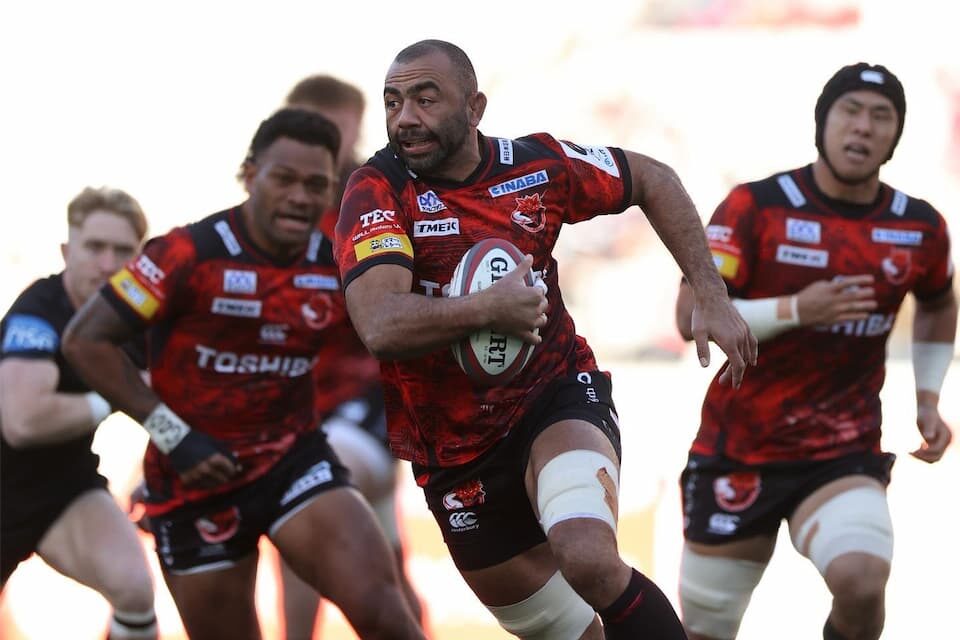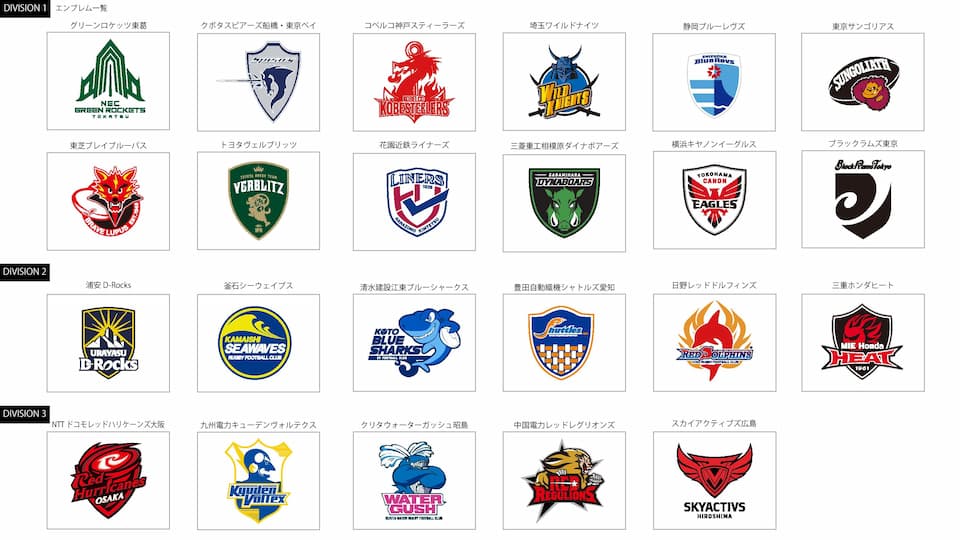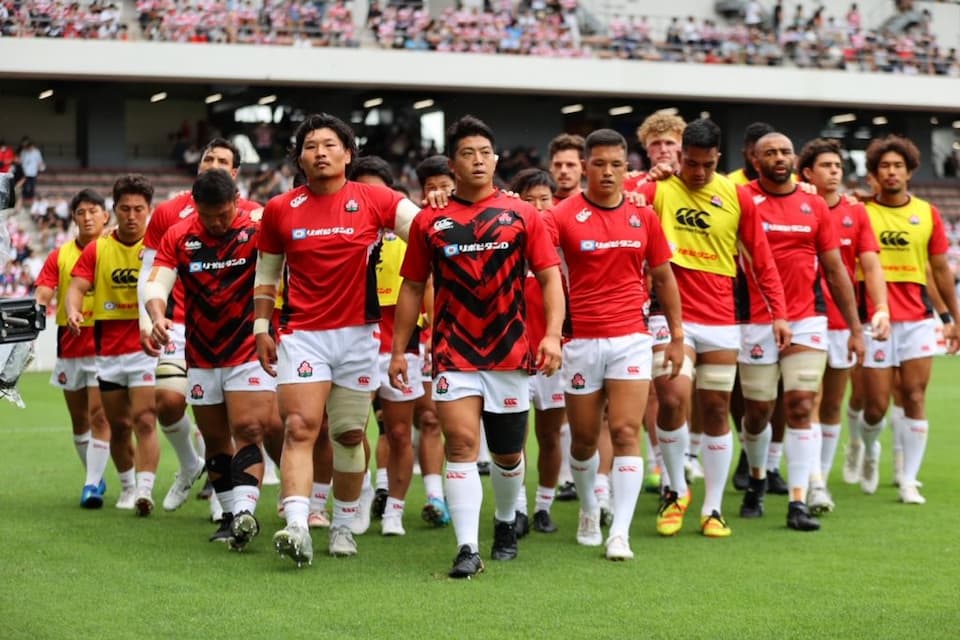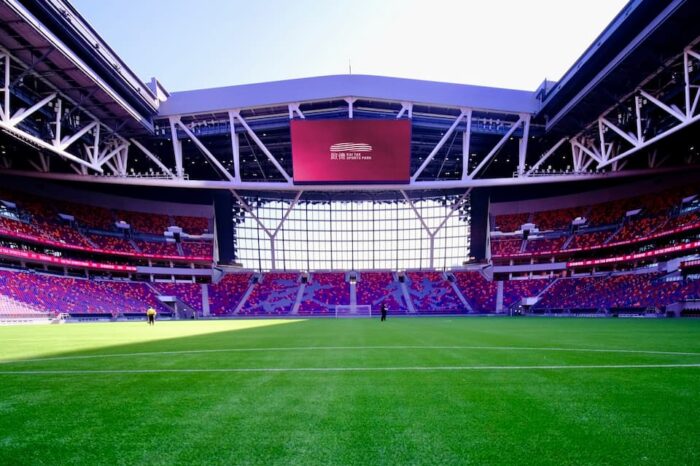The Development Of The Professional Rugby League In Japan

Formerly known as the Top League, Japan Rugby League One is the highest level of professional rugby union competition in Japan. The Japan Rugby Football Union (JRFU) founded the national league in 2003 to raise the general level and popularity of rugby in Japan and to boost the performance of the Japanese national rugby union squad.
This article will examine how Japan’s professional leagues have grown through time to become one of the world’s most fascinating sports!
Beginnings of the JRLO
Before 2002, the Top League was a corporate league in which the majority of players were business employees, and the clubs were owned by significant organizations. The tournament was renowned for its large payouts, but only world-class international players and a limited number of Japanese players competed professionally, meaning the majority of players remained amateurs. During the 2003–2004 season, the initial 12 clubs of Japan’s premier rugby league competed.
In 2006-07, the league increased to 14 clubs, then in 2013-14, to 16. The Top League was contested during the off-season of Super Rugby (which now includes teams from Australia, NZ, Fiji and Samoa, which allowed numerous international pros from the southern hemisphere, such as Tony Brown, George Gregan, and Dan Carter, to participate in the Top League.
In 2012, South Africa’s RWC-winning Jaque Fourie played for Kobelco Steelers and was reportedly the highest-paid player in the world at the time!
The Development of Rugby Professionalism in Japan
The Japan Rugby Football Union (JRFU) created a new fully-professional three-tier structure known as the Japan Rugby League One in 2022, following the conclusion of the Top League in 2021.
The new 25-team format was unveiled to the media in January 2021; 12 elite clubs would be divided into two conferences, with seven clubs competing in Division Two and six clubs competing in Division Three. Japan Rugby League One was officially declared the new top-flight league in July 2021.
The Japan Rugby Football Union’s decision to embrace a completely professional three-tier structure reflected the fast expansion of rugby in Japan and the JRFU’s dedication to the development and maintenance of professional rugby unions.
The actions are hoped to further expand the number of professional players in the country, which will likely result in a higher level of rugby and improved results by the (men’s) Japan national rugby union team.

Changes to Japan’s Premier Rugby Union League
Changes in the Japan Rugby League One have extended beyond structural modifications. The league has seen a rise in international talent, with several prominent foreign players joining Japanese teams. As mentioned earlier, Dan Carter (widely considered one of the finest fly halves and players of all time), was with the Kobe Steelers from 2018 to 2020.
Increased international participation in the league could have a good impact on the Japanese national team – the Brave Blossoms. In recent years, the national rugby union squad of Japan has progressively improved.
- At the 2015 Rugby World Cup, the squad astonished the rugby world by defeating South Africa. The performance of the squad in the competition was largely considered the greatest upset in the history of rugby. The national team’s success has been partially credited to the rising professionalism of the Japan Rugby League One.
- Their best performance to date was at home in the 2019 Rugby World Cup when they reached the quarterfinals for the first time at the showpiece event.

Photo Credit: JRFU
Conclusion
Japan Rugby League odds have become an increasingly popular topic of discussion since the evolution of the Japan Rugby League One. The change of the league from a corporate-backed league to a more professional competition has raised the level of the sport in Japan, advancing the performance of the national team.
Recent institutional improvements, an increase in foreign talent, and collaboration with big sponsors and broadcasters have all helped the success of the league. Notwithstanding the difficulties faced by the COVID-19 outbreak, the Japan Rugby League One continues to be an engaging and exciting competition with a promising future.
This is an invited post not written by Rugby Asia 247.










